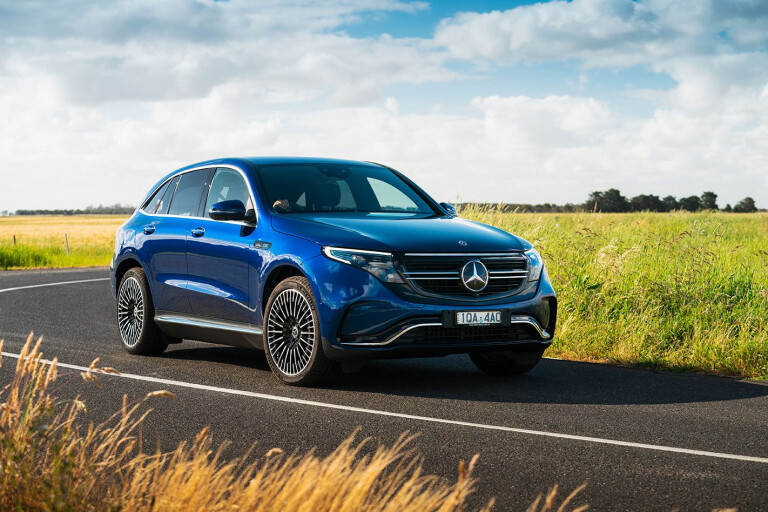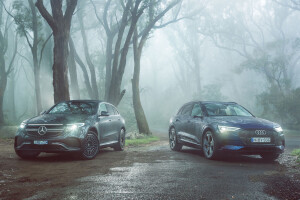Latest Review
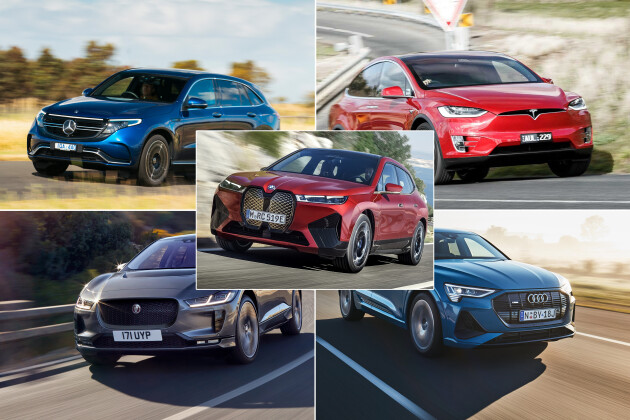
2022 BMW iX vs Tesla Model X vs Mercedes EQC vs Audi E-Tron vs Jaguar i-Pace: Spec comparison
We compare BMW's upcoming iX electric SUV against major rivals from Tesla, Mercedes-Benz, Audi and Jaguar. Before we can drive them all together, here's how they line up.
Despite getting an early start with electrification – and with two more different cars than you could imagine with the i3 city car and i8 sportscar – BMW’s march to offering a less whacky EV range has been slow and confusing.
Initially the brand’s first mainstream EV was thought to be a sedan, then it was going to be the mid-size iX3 SUV. But given things have been, er, unsettled in the last twelve months, it looks like we’re getting the X5-sized and confusingly named iX to lead BMW’s electric product line.
Tesla, Jaguar, Mercedes and Audi in that order beat BMW to market with fully electric SUV offerings in the Model X, i-Pace, EQC and E-Tron. The iX will meet these three cars on Australian roads in a few short months, so here’s a quick comparison of the four rivals.
Pricing
The iX is available in three trim levels, all of which feature all-wheel drive. The xDrive40 starts the range at $135,900 before on-road costs, the xDrive40 Sport rises to $141,900 and the xDrive50 Sport tops the range at $169,900.
Like the BMW, the Jaguar I-Pace is available in three trim levels. The S opens the batting (it’s British, you see) at $128,860, moving on to $138,460 for the SE, topping out with the HSE at $152,060.
The Mercedes-Benz EQC, Wheels Car of the Year in 2020, is available with the now available in three 400 spec specifications. In August 2021, Mercedes added a new starter for the range, the EQC 400 4Matic starting at $124,300. For $141,300 you can get the EQC 4Matic Sport and for $147,300 you can have the fancier Art Line.
Audi’s E-Tron offers two bodystyles, the Sportback and the more upright SUV. Like the BMW you have a choice of two battery capacities, known as the E-Tron 50 and E-Tron 55, in line with Ingolstadt’s fondness for largely inscrutable numbering schemes to indicate power levels. The E-Tron 50 SUV kicks off at $137,700 with the 55 asking $146,100. Step into the sleeker E-Tron Sportback range and you’ll be paying $148,100 for the 50 and $157,100 for the 55.
And finally, there’s the Tesla Model X. Currently available in a two-car range with deliveries in late 2021 or in the case of the Plaid, late 2022, you’ll pay at least $149,990 for the Long Range dual-motor X and $174,990 for the bonkers tri-motor Plaid model. The Model X offers several seating layouts with up to seven passengers, but we’ll be using the base five-seater.
If you’re wondering where the odd Plaid name comes from, it’s a reference to the 1987 Mel Brooks Star Wars parody Spaceballs. Instead of using hyperspace or warp nomenclature, the faster speeds of the bad guys’ starship, Spaceball One, are Ludicrous and Plaid. Nothing like 35-year-old cultural references to make you hip to the groove with the kids.
Power, Torque, Performance
All but Tesla are upfront about the power outputs for their EVs, with the Tesla site claiming 1020 horsepower for the Model X Plaid, which also explains its space-time bending 0-100km/h time. Suffice to say, the X is not slow, so the power figures are largely immaterial. Even so, we have poked around and got a consensus power figure. Tesla also fails to offer a torque figure for its cars, which is classic Tesla.
Both the Audi E-Trons look a little lacklustre in this company, but none of these cars are slow or underpowered. The 55 powertrain has two torque figures; one that is always available and an overboost-style figure of 664Nm, activated by selecting ‘S’ mode twice with the drive selector or by changing to Dynamic mode.
They may all be torquey but all are heavy, well over two tonnes.
| Model | Power | Torque | 0-100km/h |
| BMW xDrive 40 | 240kW | 630Nm | 6.1s |
| BMW xDrive 50 | 385kW | 765Nm | 4.6s |
| Mercedes-Benz EQC 400 | 300kW | 760Nm | 5.1s |
| Audi E-Tron 50 | 230kW | 540Nm | 6.8s |
| Audi E-Tron 55 | 300kW | 561Nm (664Nm boost) | 6.6s |
| Jaguar i-Pace | 294kW | 696Nm | 4.8s |
| Tesla Model X Long Range | 500kW | N/A | 3.9s |
| Tesla Model X Plaid | 760kW | N/A | 2.6s |
Battery and Range
Range is a very hot topic whenever the subject turns to electric cars and there’s a clear winner here. While these are official figures, with no real-world numbers for the iX yet, the xDrive 50 has the most impressive range based on WLTP testing. This test cycle has proven to be closer to reality than ADR, NEDC or EPA regimes.
The xDrive 50’s bigger battery pack is obviously largely responsible for the higher result but as you saw in the previous section, the Tesla might be behind on range but both are scorchingly quick.
| Model | Battery pack | WLTP range |
| BMW xDrive 40 | 77kWh | 425km |
| BMW xDrive 50 | 112kWh | 630km |
| Mercedes-Benz EQC 400 | 80kWh | 354km |
| Audi E-Tron 50 | 71kWh | 336km |
| Audi E-Tron 55 | 95kWh | 536km |
| Jaguar i-Pace | 90kWh | 470km |
| Tesla Model X Long Range | 100kWh | 580km |
| Tesla Model X Plaid | 100kWh | 547km |
Charging
Ah yes, the bete noir of electric motoring. Tesla has a huge network of chargers, starting with the top-shelf 250kW and 120kW Supercharger charging stations and the number is growing steadily. The network includes a large number of lower-powered charging stations known as Destination Chargers. Tesla now charges for use of the Supercharger network at around 50c per kWh.
BMW, Mercedes and Jaguar each offer five-year subscriptions to the Chargefox network, while Audi one-ups them all with a six-year plan. Chargefox bills itself as Australia’s largest charging network with 770 locations. Around 10 per cent of the locations feature fast-charging plugs ranging from 150kW to 475kW, all of which step down to match lower charging speed capabilities, which suits most of these cars.
The rest of the locations offer access to chargers starting at 22kW. Some locations aren’t open to the public and are installed in apartment blocks for tenants. Others are publicly accessible in shopping centres and installed in businesses willing to play host to a box.
For home charging, all come with the right cables to charge from a normal domestic power supply, with all but the Tesla offering an 11kW onboard charger. Tesla’s Model X has a 16.5kW charger, meaning faster charging performance at home or the office.
Audi’s E-Tron pair will offer a 22kW onboard charger later in 2021.
Each manufacturer also offers a wallbox option. Tesla’s will add up to 34km of range per hour of charge on a single-phase power supply while a three-phase 24-amp system will add up to 80km per hour of charge.
BMW’s wallbox offers 22kW of charge at home (with three-phase power, no doubt) while Audi, Mercedes and Jaguar wallboxes are rated at 11kW, effectively doubling the charge rate available from the mobile charger you use to plug into the wall. These units mean you’ll get between 30km and 50km of range per hour of charge depending on the car and the efficiency of the battery pack.
While none of these cars is cheap, the base BMW undercuts the EQC by quite a margin and bests all but the Jaguar and Tesla Model X for WLTP range.
Each of these brands has more to come over the next 12 months, so if the big iX is too much or too expensive, there are more to come at a more affordable price.
From these figures, it appears BMW has not only thrown down the gauntlet, it has picked it up and given everyone a bit of a touch-up. With strong pricing, good on-paper range and a striking design, the game just got harder for its rivals.
What you've read here is a 'spec battle'
To learn how each model drives, check out review links below – and watch for a full on-road face-off to come in the weeks ahead.
News
-
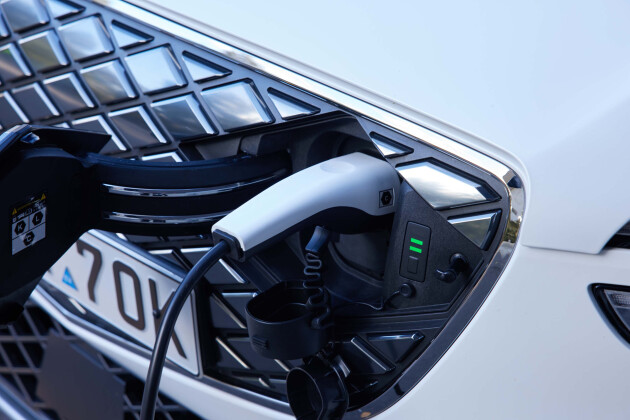 Advice
AdviceHere are the fastest-charging electric vehicles
Here’s the what’s-watt on electric vehicle battery capacity and charging times
-
 Advice
AdviceHow much does it cost to charge an EV vs fuel a car in 2022?
What are the running costs of an electric vehicle when compared to the internal combustion engined cars we've known for so long?
-
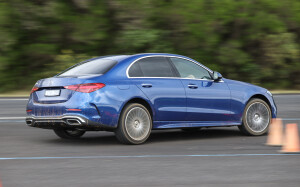 News
NewsMercedes models under recall: S and C Class, GLE, GLC, EQC and GLS affected
A number of the carmaker's models are under recall this month for various reasons
-
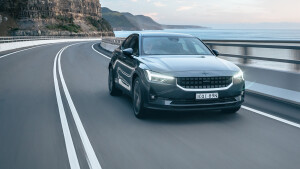 Advice
AdviceThe electric vehicles you can buy in Australia
Our rapid-fire snapshot of every new electric vehicle currently on sale in Oz
-
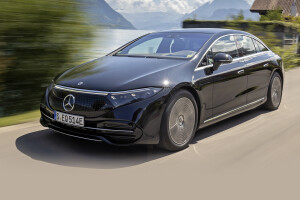
Mercedes-Benz patents rapid-deflating tyre system
-

2019-2021 Mercedes-Benz EQC400 recalled for potential steering issue
-
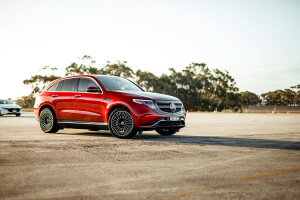
2018–2020 Mercedes-Benz SOS system recall impacts almost 40,000 vehicles
-
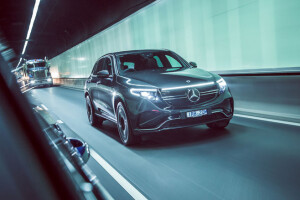
Mercedes-Benz issues recall for GLC, E-Class and EQC

